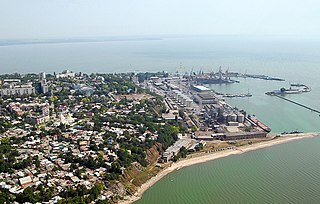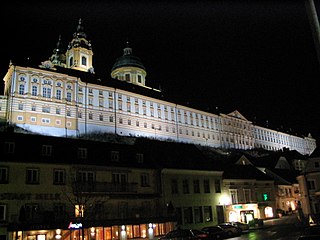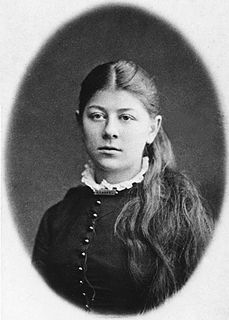Valentin Yakovlevich Parnakh (1891–1951) was a Russian poet, translator, choreographer, and musician who is best remembered as a founding father of Soviet jazz.

The Taganrog Drama Theater named after Anton Chekhov and decorated with Order of Honor is a traditional Russian drama theater based in Taganrog, Rostov Oblast.

Alferaki Palace is a museum in Taganrog, Russia, originally the home of the wealthy merchant Nikolay Alferaki. It was built in 1848 by the architect Andrei Stackenschneider on Frunze Street, in downtown Taganrog.

The Chekhov Gymnasium in Taganrog on Ulitsa Oktyabrskaya 9 is the oldest gymnasium in the South of Russia. Playwright and short-story writer Anton Chekhov spent 11 years in the school, which was later named after him and transformed into a literary museum. Visitors can see Anton's desk and his classroom, the assembly hall and even the punishment cell which he sometimes visited.

Chekhov Library in Taganrog is the oldest library in the South of Russia.

Taganrog Museum of Art was officially inaugurated in 1968, but the basis of the museum collection was formed by the end of the 19th century, when the art department of the Taganrog's city museum was established.
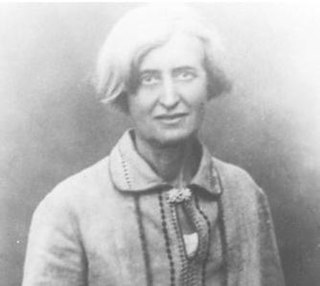
Nina Vedeneyeva was a Russian physicist involved in the study of mineral crystals and their coloration. Heading numerous departments at such institutions as the All-USSR Institute of Mineral Resources, the Institute of Geological Sciences and the Institute of Crystallography, she conducted research into color variants of clay minerals and classifying clays which occurred in organic dyes. She was noted for development and design of instruments to improve the methods of optical crystallography. She was the last partner-muse of the poet Sophia Parnok and was awarded the Stalin Prize and Order of Lenin for her scientific studies and inventions.
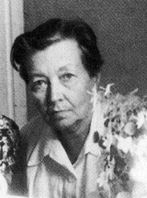
Olga Tsuberbiller was a Russian mathematician noted for her creation of the textbook Problems and Exercises in Analytic Geometry. The book has been used as a standard text for high schools since its creation in 1927. Sophia Parnok, noted Russian poet dedicated her verses in the Half-voiced cycle to Tsuberbiller, and the educator cared for Parnok during her final illness, later becoming her literary executor. She later became the partner of the noted opera singer, Concordia Antarova. Tsuberbiller was designated as an Honored Scientist of the Russian Soviet Federative Socialist Republic in 1955.

Serafima Germanovna Birman was a Russian and Soviet actress, theatre director and writer. She was named People’s Artist of the RSFSR in 1946.

Freken Bock is an art-cafe in Taganrog created near the parents' house and the monument of Faina Ranevskaya in 2009.
The House of Shtalberg is an building of regional cultural heritage. It is at 105 Petrovsky Street, Taganrog, in Rostov Oblast.


